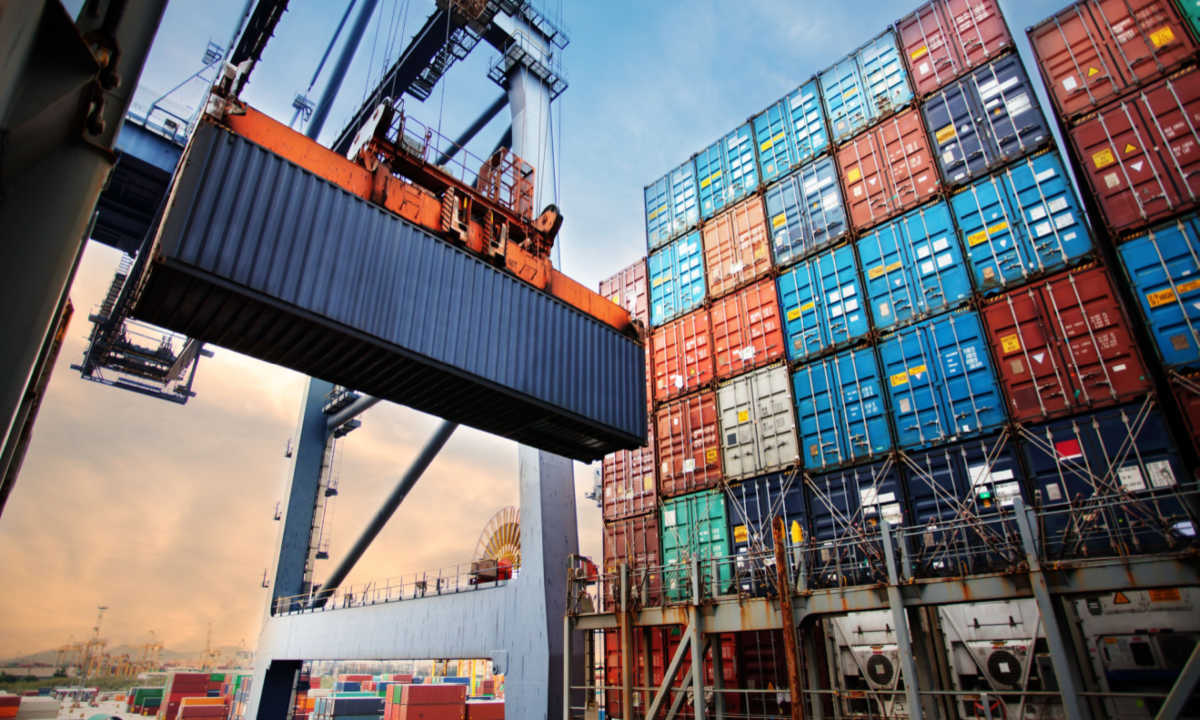No Pause for Logistics’ Last-Mile Digital Overhaul Despite Freight Rate Drop

The freight rate drop? It might be the pause that refreshes, but it’s nothing to bank on … and the transformation of supply chains must proceed apace.
Time will tell whether the recent decline in freight rates, widely reported in the past several days by a growing chorus of observers and via sites such as CNBC, will hold.
But logistics and the transportation of goods across supply chains, across the middle and last miles, especially, will keep pivoting toward a a digital transformation. Platforms and, and payments within those platforms, will be critical in weathering the current (and next) rounds of inflation.
Indeed it’s too early to state that peak inflation may have been reached. We’d note that gas prices, down double digits in recent weeks, would be another data point to add to the “inflation is abating just a bit,” argument.
It may be the fact that slowing freight rate growth, year on year, and decline, quarter on quarter, may hint at slowing end market demand, as retailers and other businesses stock shelves and warehouses and gauge consumer sentiment ahead of the key holiday shopping season.
With carrier capacity easing, some firms have been trying to renegotiate the shipping agreements inked at the early days of the pandemic, as PYMNTS reported.
Lingering Pain Points
But pain points linger whether freight rates have peaked or not. Chief among those pain points: Trucking. CNBC noted that there’s still a trucking shortage, and truck prices are still elevated. Fuel prices are still lofty too, even though they’ve backed off recent highs.
All of this being said, there’s no precipitous decline in the works. And of course, if inflation continues its upward march (along with any spikes), the pain points become more acute.
No surprise, then, that we’re seeing any number of platforms emerge and evolve, leveraging data to make more efficient decisions on routes, to automate tasks and cut down on paperwork … and help pay for it all, of course.
In just one recent example, freight software provider Expedock has raised $13.5 million in Series A funding that it will use to expand its team and help supply chain businesses better understand and operationalize their data. Elsewhere, Danish shipping and logistics firm Maersk said earlier this year that it has chosen payments infrastructure firm Stripe to help “modernize its economic infrastructure.”
Separately, Guillermo Garcia, CEO of FinTech SmartHop, told Karen Webster in a PYMNTS interview that platforms can help match trucking demand and supply more efficiently, and route payments quickly, which has positive ripple effects up and down the mid and last miles.
The ongoing jousting between Amazon and Walmart, especially amid omnichannel commerce’s emergence, spotlights the fact that there’s competitive advantage in logistics, in satisfying consumer demand for goods to be available within an ever-shrinking time frame.
After all, once the customer hits that buy button, and makes the payment, the delivery is what matters, and the digital transformation of what happens behind the scenes, at the warehouse and on the road, is the ultimate arbiter of customer loyalty.
Amazon has been reportedly taking its own stakes in firms like Ecom Express in India, has been branching out more fully into robotics, and of course has been pushing same day local retail deliveries. Walmart has been building out its own private fleet program.
Freight rates may wax, may wane, may spike … but the last mile’s transformation has many miles to go.
